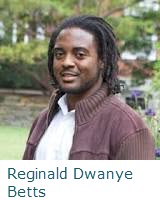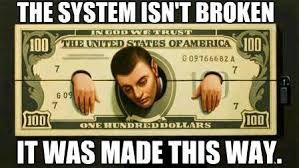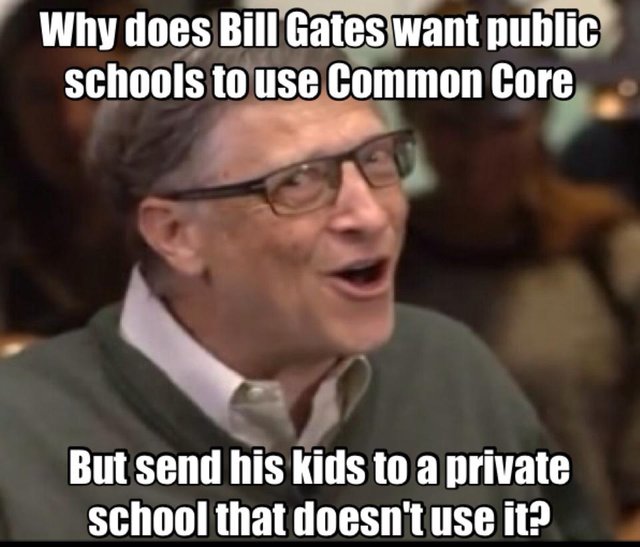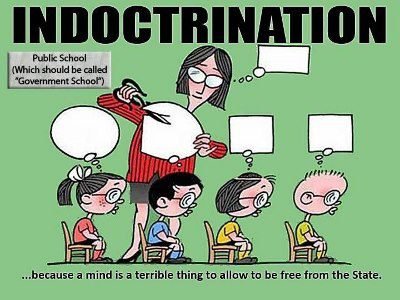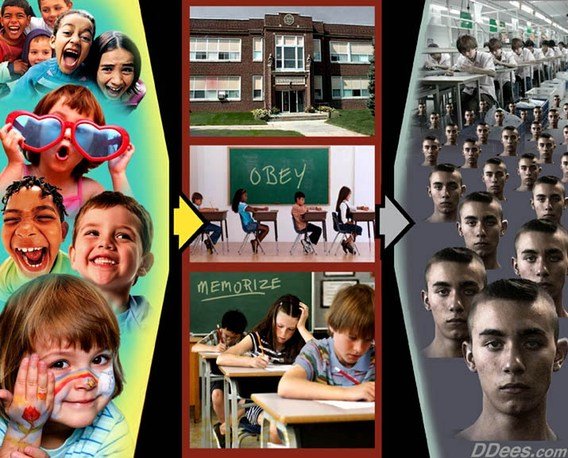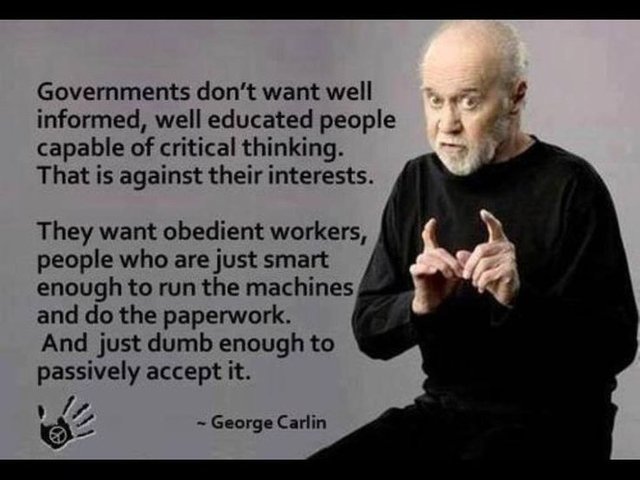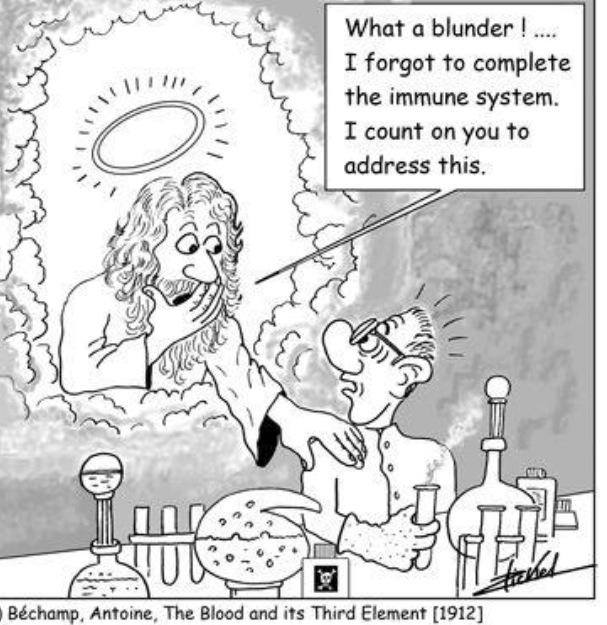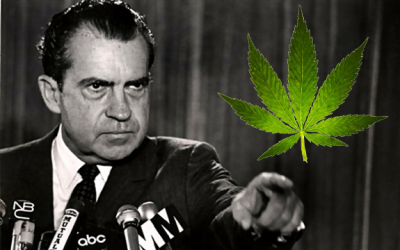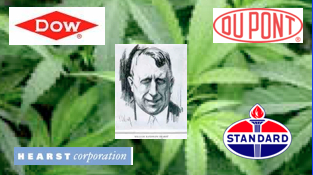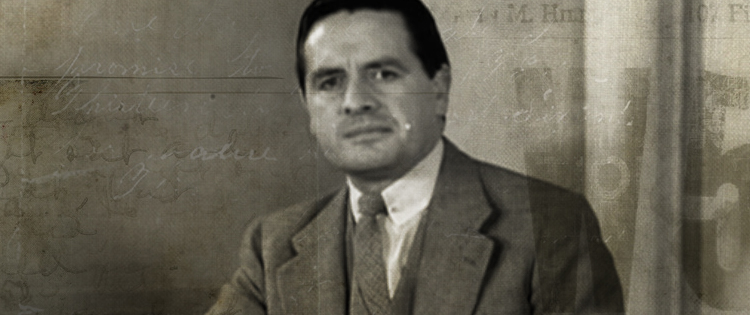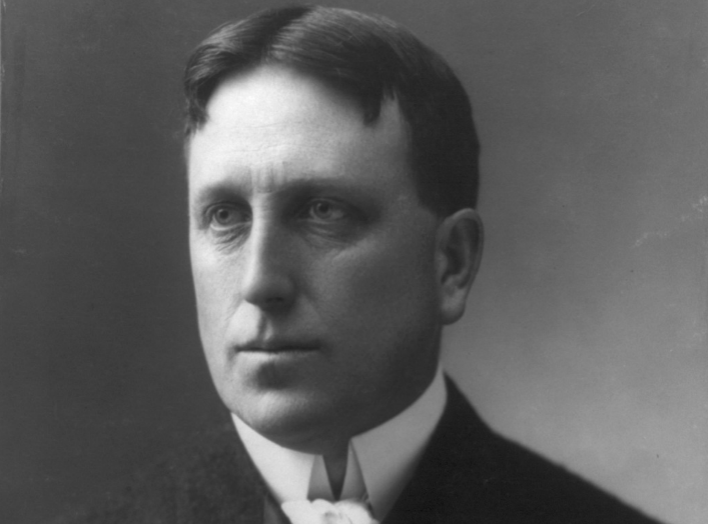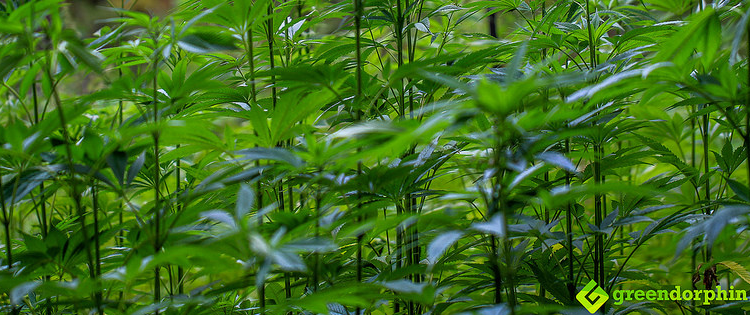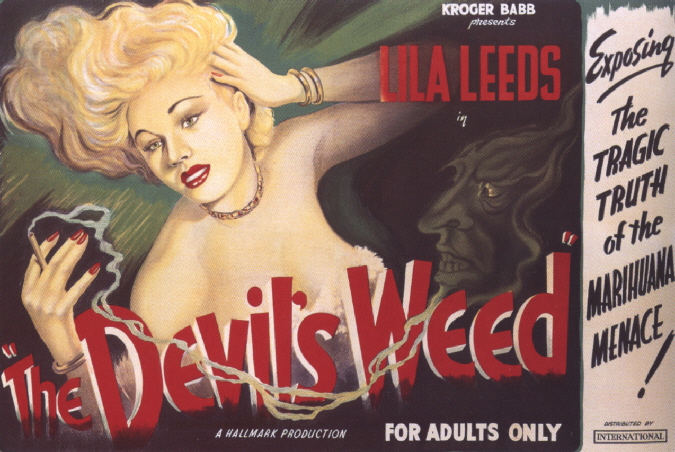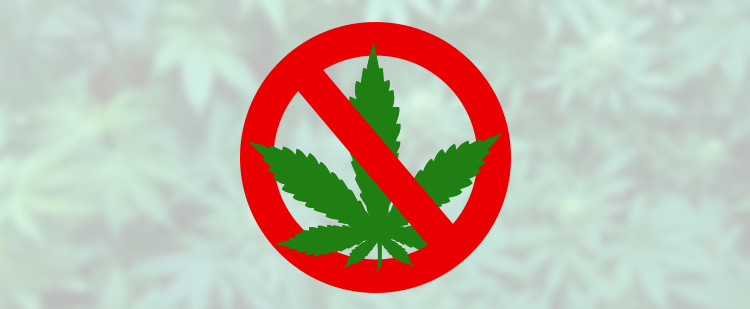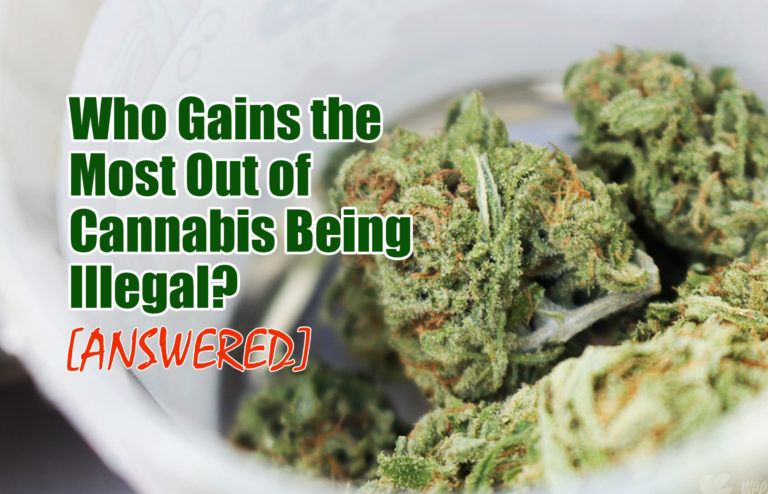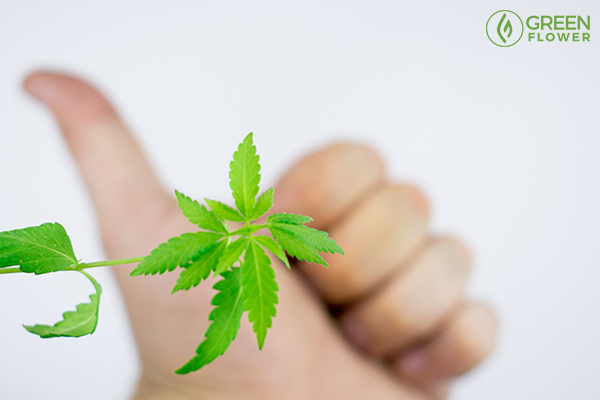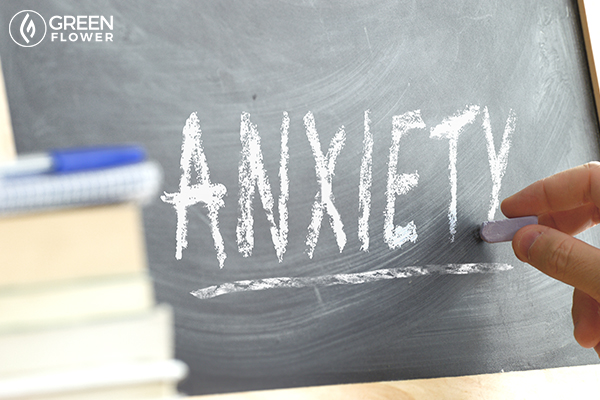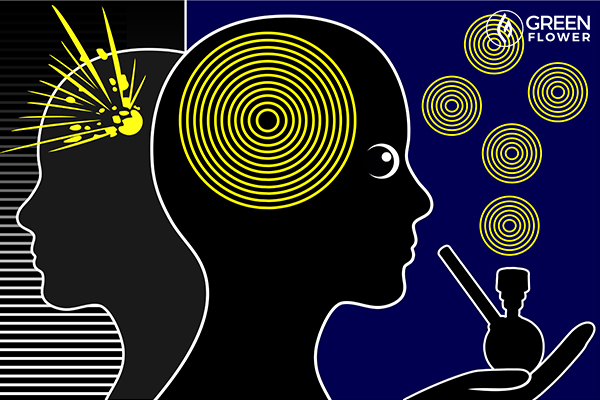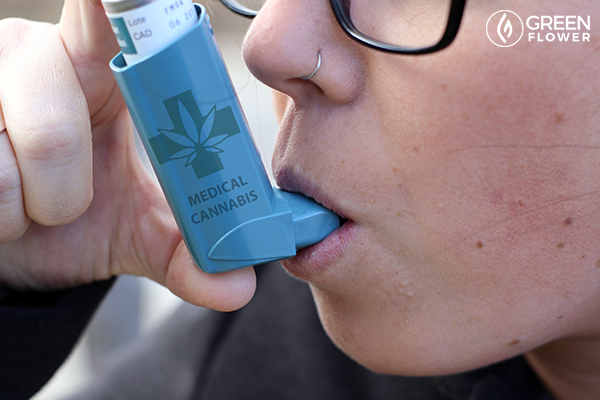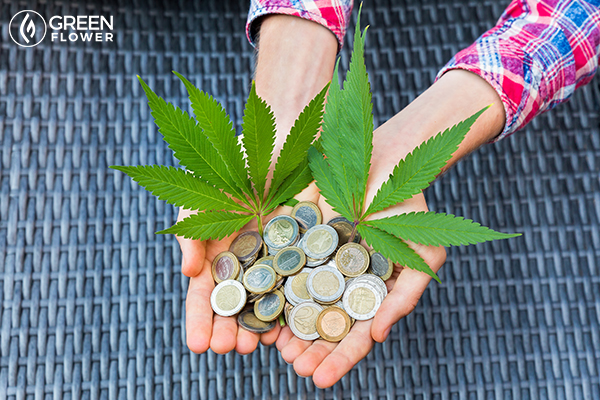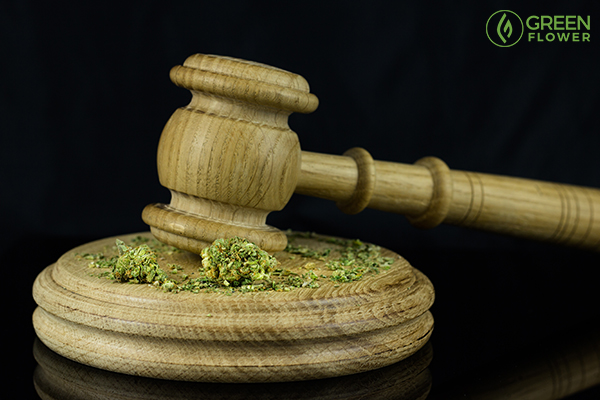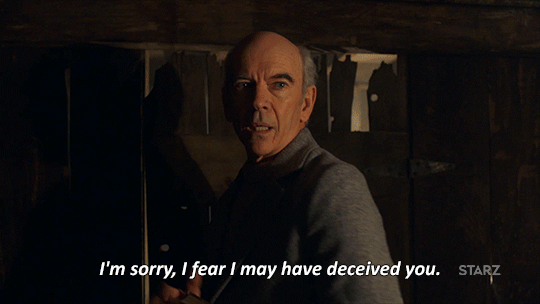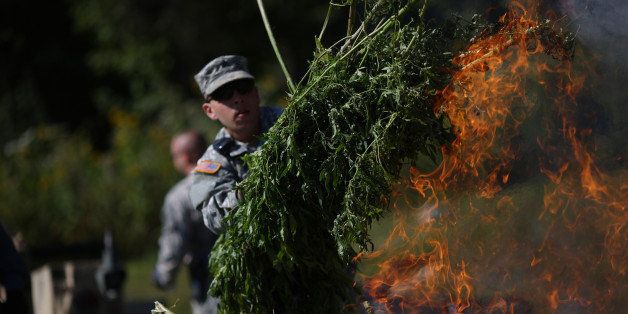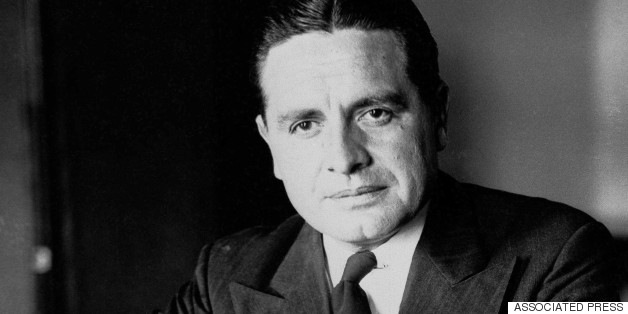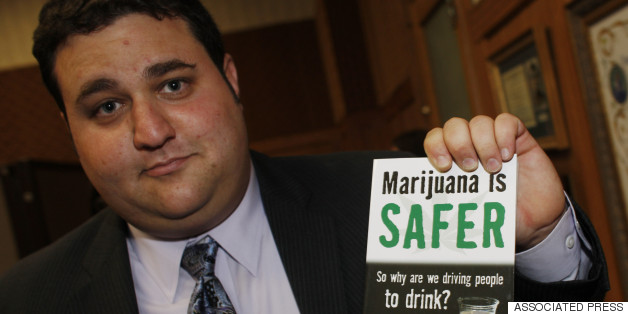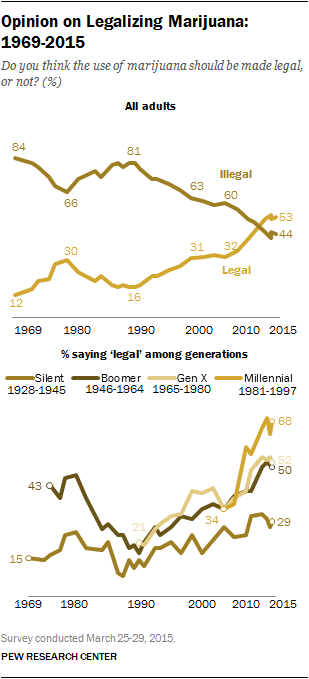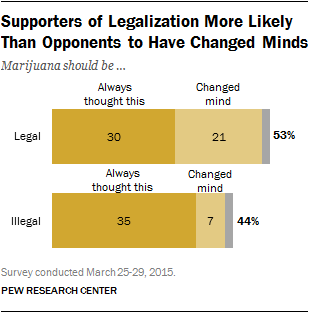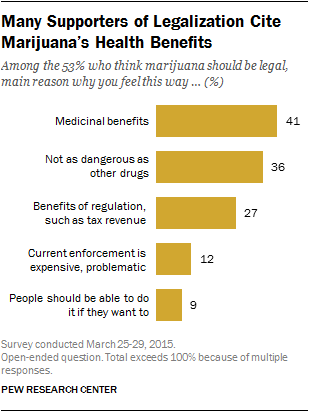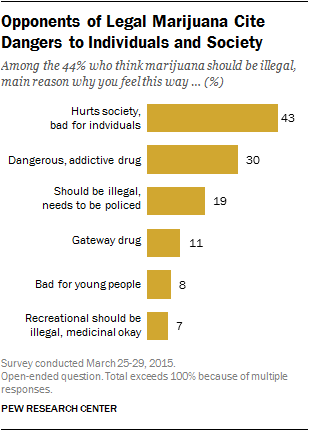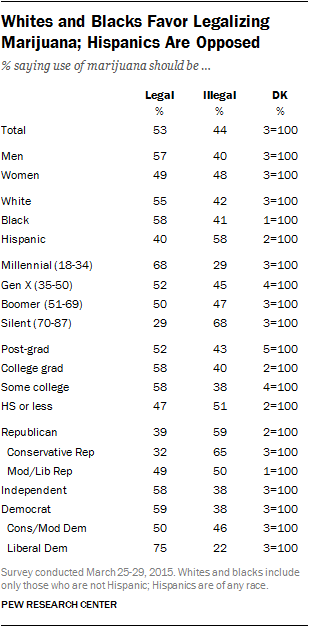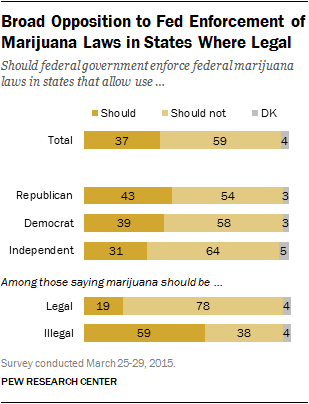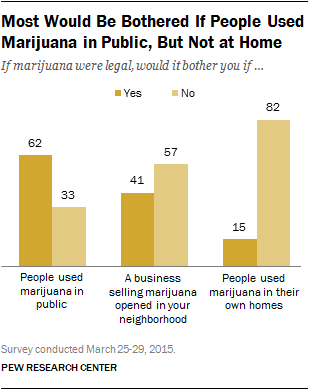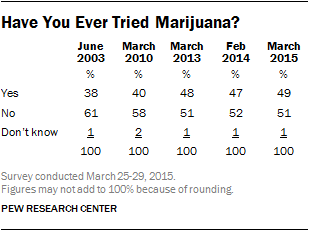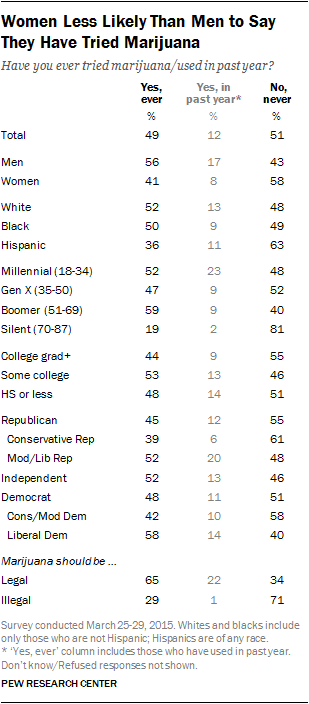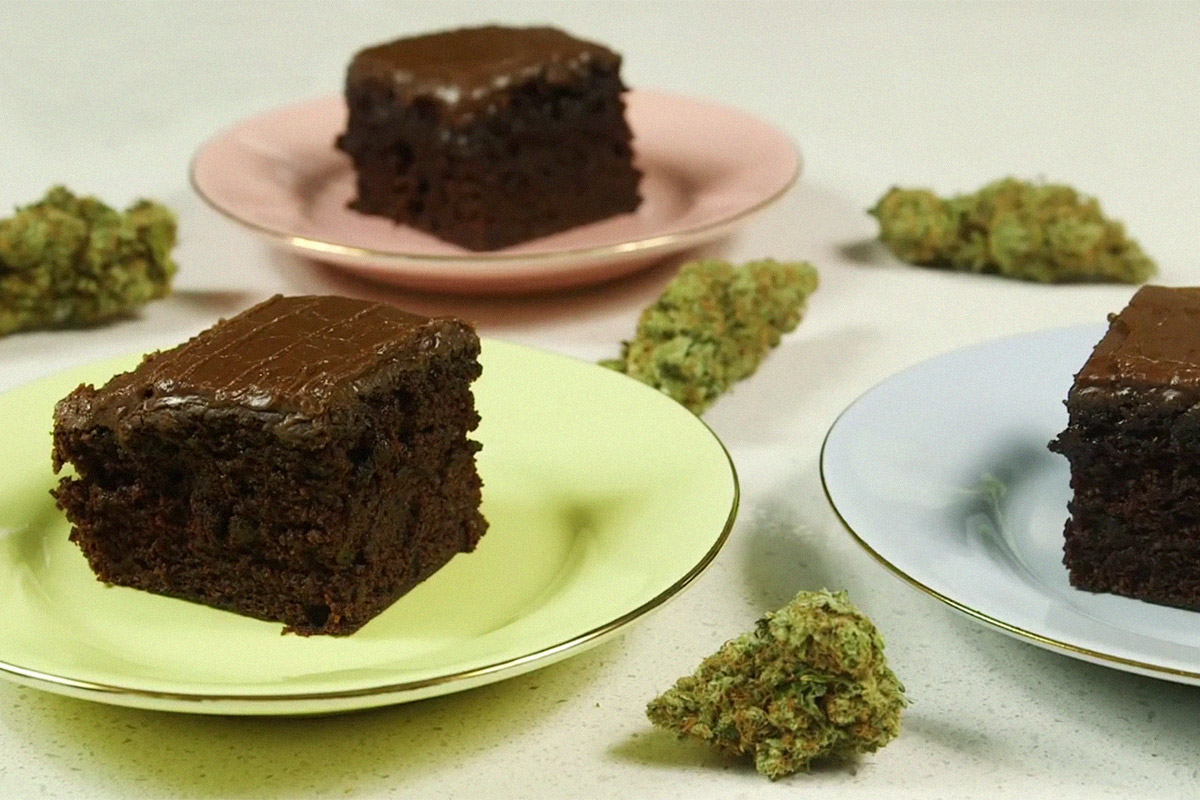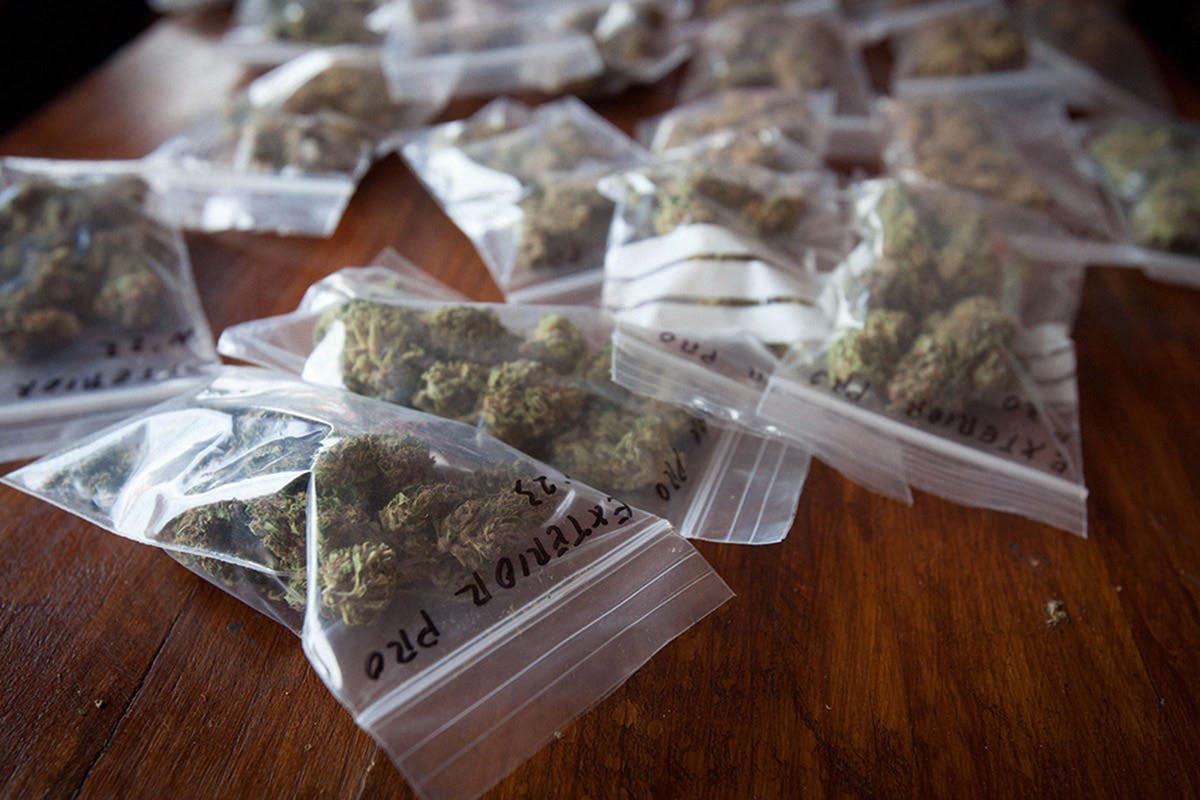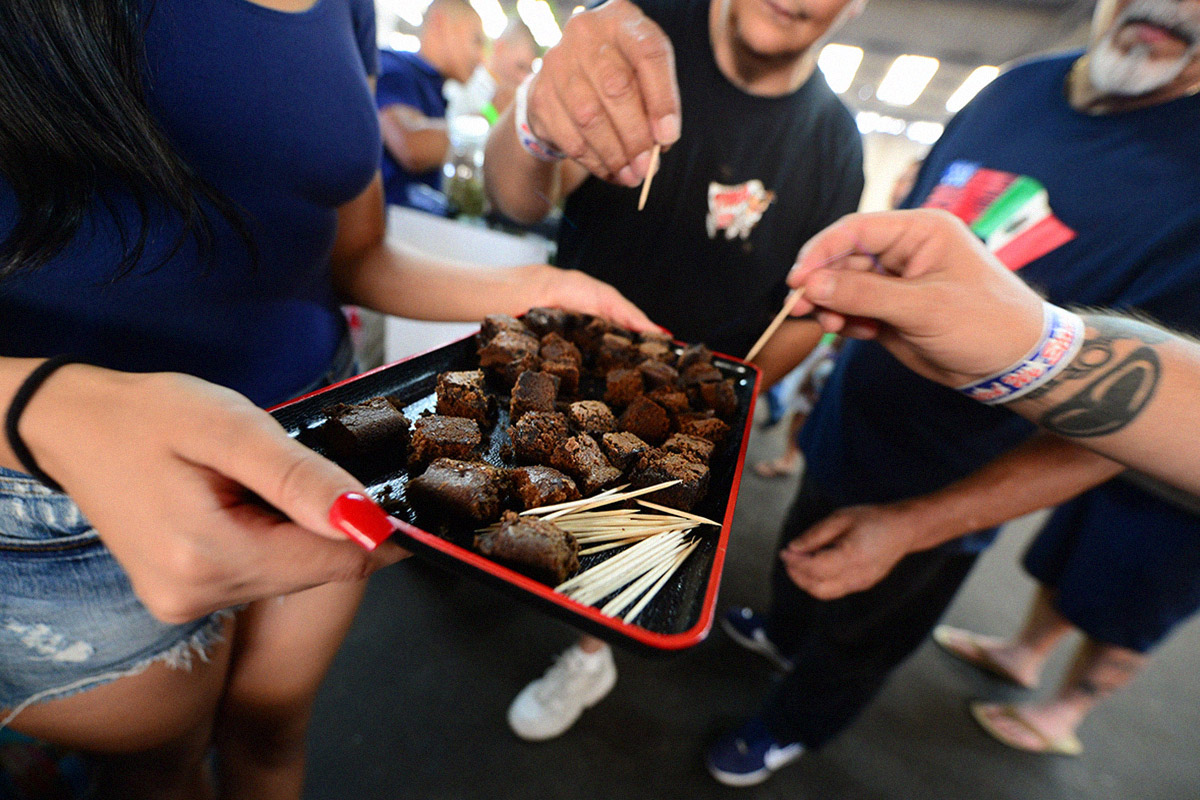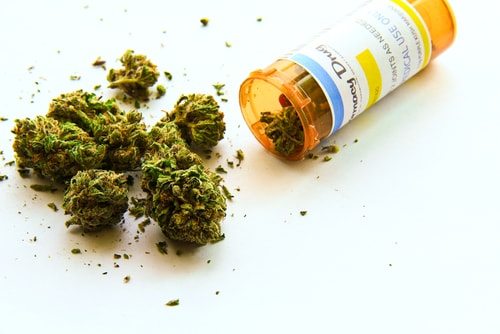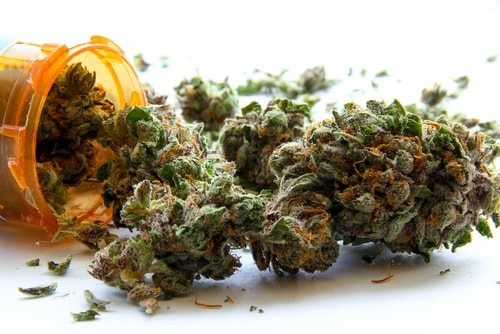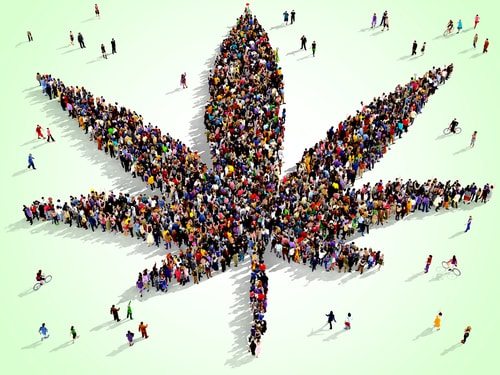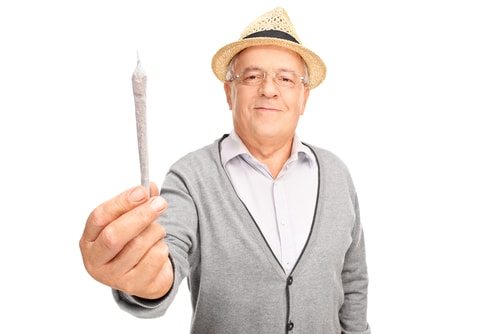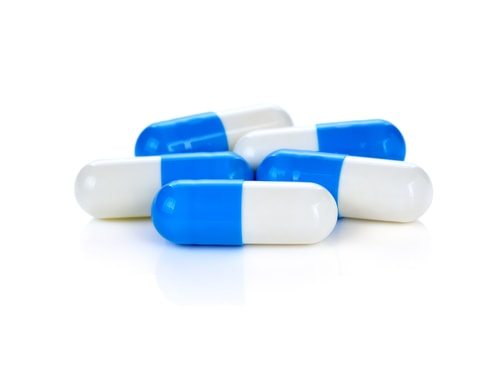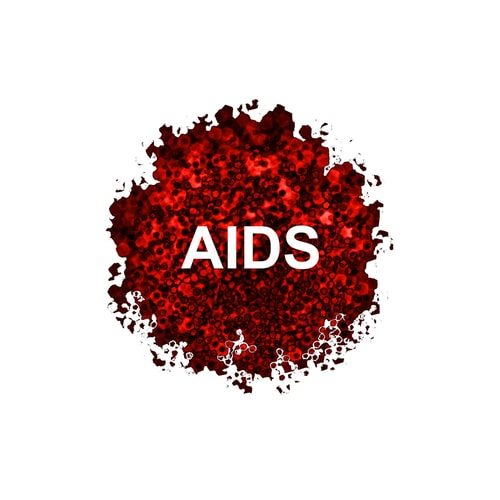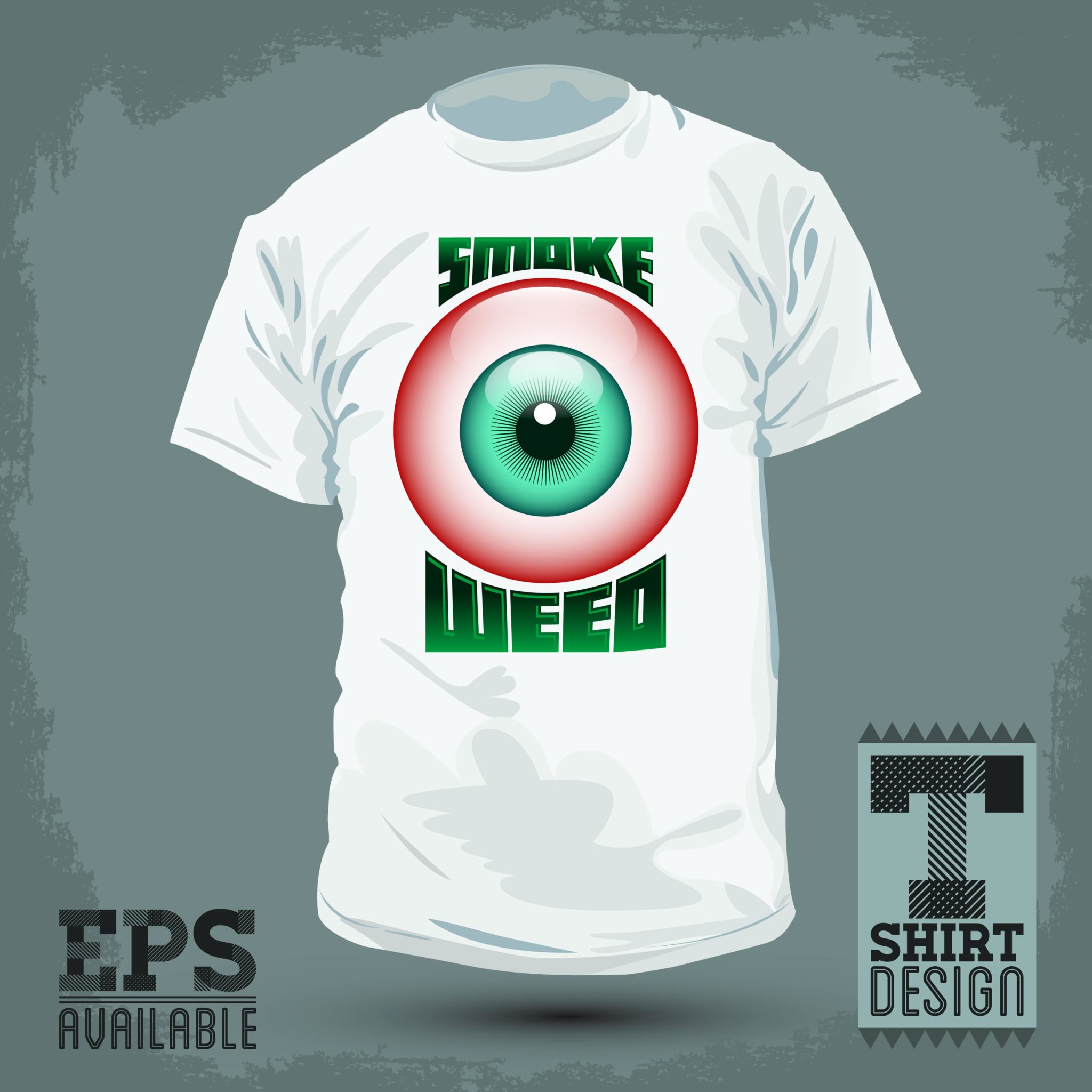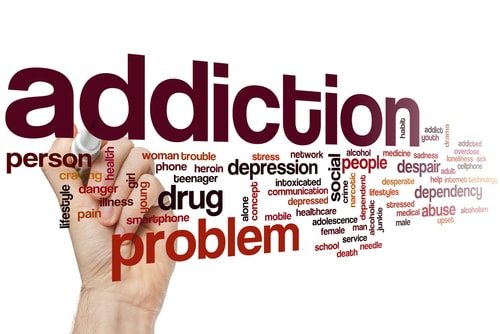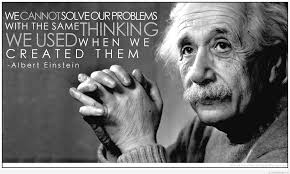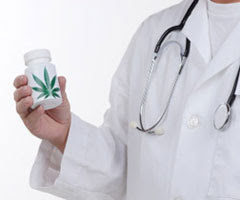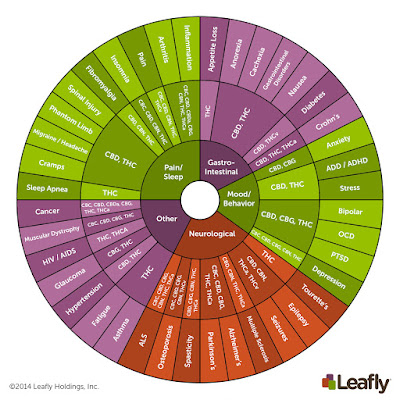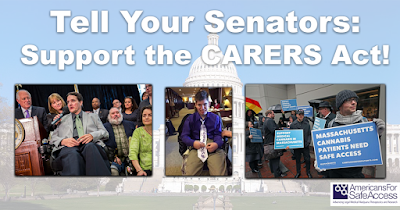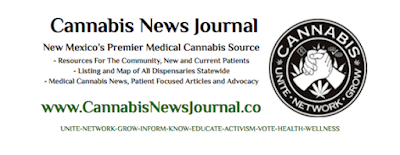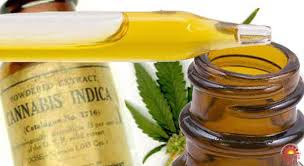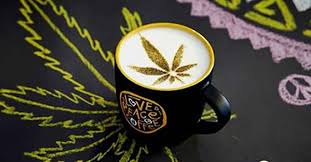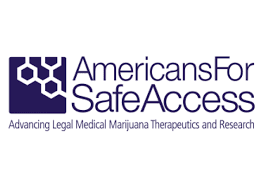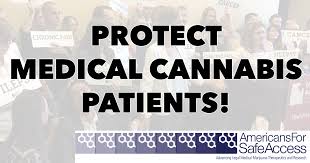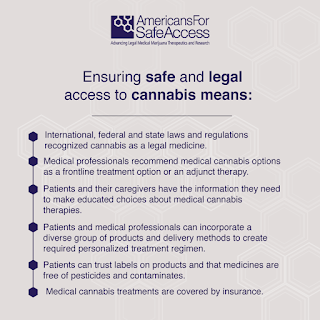50 Unexpected Benefits of Cannabis (you might not know)
Has this plant enhanced your life? You're not alone.
It comes as no shock to anyone who knows cannabis that this is a valuable plant with a lot of benefits.
As we bring this plant out of the dark and into the light, it continues to blow our minds – just how great the benefits of cannabis actually are!
We are talking about benefits to public health, to the economy, and to each and every person who develops a positive relationship with this therapeutic plant.
Here are 50 emerging benefits of cannabis that will no doubt inspire further research:
The Health Benefits of Cannabis
1. It Could Help You Lose Weight
If you’re an avid Green Flower reader, then you’re already aware that cannabis users have been
shown to be slimmer, on average, than non-users. That’s because cannabis helps the body regulate insulin production, and manage caloric intake more efficiently.
2. It Appears to Help Regulate and Prevent Diabetes
Because cannabis helps regulate body weight, it only makes sense that it would help
prevent and regulate Diabetes. Again, you can thank the herb’s ability to regulate insulin production for this medical breakthrough.
3. It Fights Cancer
This is the big one that everybody’s been talking about. Both scientists and the federal government have released a good amount of evidence showing that
cannabinoids fight certain types of cancer. It doesn’t get much more substantial than that.
4. It Can Help Depression
Research is important, but so are the voices and smiles of those whom cannabis actually helps!
Depression is one of the more widespread, yet least talked about medical conditions in America. And research is showing that cannabis
can help relieve people.
“Using compounds derived from cannabis — marijuana — to restore normal endocannabinoid function could potentially help stabilize moods and ease depression,”
said Samir Haj-Dahmane, who is spearheading the research at Buffalo University – research that is only just now beginning to ramp up.
5. It’s Showing Promise in Treating Autism
Like many other high-profile disorders, autism may be a prime target for cannabis-based treatments. Science is digging into it, but in the meantime, some parents are using it to help
manage violent mood swings in autistic children.
6. It Provides a Safer Alternative to Other Drugs and Alcohol
Cannabis can be harmful if you use it irresponsibly, but it’s nowhere near as destructive as alcohol for example. With wider availability, cannabis can and will
become a substance of choice – and likely save a lot of lives (and livers) in the process.
7. It Helps Regulate Seizures for a lot of People
Using medical cannabis to regulate seizures is another one of the more high-profile findings coming out of medical science. For folks with
disorders like Epilepsy, cannabis is showing immense promise.
8. CBD Can Apparently Help Broken Bones Heal Faster
Science shows us how CBD can help broken bones grow back faster and stronger.
Can you believe that cannabis can actually
mend broken bones? It’s true, as CBD evidently reacts chemically with collagen, spurring along the healing process. Another very exciting find.
9. It's Helping People with ADHD
For those with serious trouble concentrating, or who have children suffering from ADD or ADHD, cannabis might be
the treatment you’ve been waiting for. It’s safer and more effective than medications like Ritalin or Adderall.
10. It Can Help Treat Serious Addictions
We already mentioned that cannabis can be a viable, safer alternative to substances like alcohol and tobacco, but did you know that it can also be used as a treatment for addictions to these substances, and more? Individuals addicted to serious drugs like heroin, opiates, and cocaine, are
showing promise in ridding themselves of their addictions through cannabis therapy.
Of course, it’s entirely possible to develop
a dependency to marijuana, also – so responsible and mindful use is key.
11. It Treats Glaucoma
One of the first big medical issue that cannabis was shown to effectively treat is glaucoma. Ingesting cannabis
helps lower the pressure in the eyeball, giving patients at least temporary relief.
12. It Can Improve Lung Health
You probably never saw this one coming – especially since pot is commonly associated with smoking, and smoking with chronic lung problems. But some conditions, including lung cancer and Emphysema, have been shown to regress
when cannabis is thrown into the mix.
13. It Helps Anxiety in Correct Doses
Be careful. Too much cannabis can make your anxiety worse.
Fact: cannabis can actually cause anxiety but there are
ways to potentially avoid that. And it’s also true that for many people, cannabis can help alleviate anxiety disorders.
14. It Appears to Slow the Development of Alzheimer’s Disease
Cognitive degeneration is pretty much unavoidable as we age, and Alzheimer’s disease falls under that umbrella. The good news is that studies are showing
cannabis can stop the progression of Alzheimer’s, which may lead to longer, richer lives for millions.
15. It Helps M.S. Patients
Cannabis helps
alleviate many of the symptoms associated with Multiple Sclerosis, most notably the tremors, spasms, and pain.
RECOMMENDED FOR CHRONIC PAIN:
Cannabis For Back Pain, Chronic Pain, & Nerve Damage
Watch Green Flower's online session with Mara Gordon today...
 16. It Can Relieve Muscle Spasms
16. It Can Relieve Muscle Spasms
We’ve mentioned M.S. and seizures, but general muscle spasms are an ailment that affect millions. Cannabis can help
calm those muscles, stop them from twitching, and deal with the pain associated with spasms.
17. It Could Help with Eating Disorders
A common use for medical cannabis is to help regulate eating patterns. Whether you eat too much, or too little, cannabis can help. This is especially helpful for people
suffering from disorders like Bulimia and Anorexia.
18. It Relieves Arthritis
Cannabis can offer serious relief for arthritis.
Another common ailment that cannabis is
used to treat is arthritis. The THC and CBD – as well as other cannabinoids – help sufferers deal with the pain, especially when using quality cannabis creams and balms.
19. It’s Helpful for Those with PTSD
With so many veterans in need of effective treatments for PTSD after the wars in Iraq and Afghanistan, the discovery that
cannabis is a viable option is fantastic news. Now, the trick is to get the VA and doctors to actually prescribe it.
And of course not all PTSD is combat-related. All sorts of traumatic experiences can put that fight-or-flight response into overdrive, and cannabis is the only medication to address that.
20. It Could Help Regulate Your Metabolism
We touched on how cannabis helps your body process and deal with food, and obesity. This plays into how it also helps maintain and
regulate your metabolism. That not only means sticking to an ideal weight level but generally being healthier and happier!
21. It Helps People with AIDS/HIV
Cannabis can’t directly cure the AIDS virus, but it can and does
help those living with it cope. Specifically, cannabis helps those living with AIDS/HIV maintain their diets and handle associated pains and aches.
22. It’s Proved Effective for Treating Nausea
Next up on our list of marijuana facts: nausea. This is a relatively common feeling, and one that is brought on by any number of things. Some people live with constant bouts on a daily basis, and as you can imagine, it can be debilitating. How does cannabis come into the picture? Chemical compounds in cannabis
react with brain receptors to regulate feelings of nausea. This is a particular boon for chemotherapy patients (see #27).
23. It’s an Alternative Treatment for Headaches
You know you could potentially treat that headache with a non-psychoactive cannabis product?
Lots of people experience headaches every day, and taking the typical medicines – be it acetaminophen (Tylenol) or ibuprofen (Advil) – can take its toll on your body, leading to ulcers, liver damage, and other complications. Cannabis
offers a natural alternative, and one that won’t chew threw your stomach lining.
24. It Looks the Herb Can Treat Certain STDs
It’s true – cannabis has been found to be at least somewhat effective in the treatment of a handful of sexually transmitted diseases,
including herpes and chlamydia.
25. It Could Help with Speech Problems
If you, or someone you know, has an issue with stuttering, cannabis can help. Research is by and large
still lacking, but in the same way that cannabis helps calm spasms and twitches, those with speech problems can potentially benefit from its effects.
26. It Can Improve Skin Conditions
Who would’ve thought that cannabis could be a viable
treatment option for skin conditions like eczema? The only issue? Smoking won’t do much good, as smoking actually harms your skin. A
quality cannabis topical, on the other hand, can do wonders.
27. It Can Help You Get Through Chemotherapy
This is another extremely popular use for medical cannabis. Those suffering from cancers and its treatments –
like chemotherapy – have found comfort in cannabis’s soothing effects.
28. It Could Help with Obsessive Compulsive Disorder
Those living with OCD might
also use cannabis as a therapeutic option. CBD, which effectively regulates anxiety to some extent, is the main active ingredient which helps those with OCD get a handle on the disorder – and live more functional lives.
29. Cannabis Can Calm Asthma Attacks
Some forms of cannabis act as a bronchodilator.
You probably never saw this one coming. Cannabis and asthma? They’re
apparently compatible, or so says science. Again, it has to do with cannabinoid receptors which help control coughing fits as well as the herb’s ability to act as a bronchodilator. Smoking is obviously not the best method of delivery here, as that will likely only make things worse.
30. It Can Replace Viagra for Some Men
How about a natural cure for erectile dysfunction? This is another one of the many benefits of marijuana. No more hiding that Viagra in the back of the medicine cabinet,
merely stick to cannabis. The research is ongoing, but there is evidence that cannabis can help men overcome this frustrating issue.
RECOMMENDED FOR COUPLES:
Can Cannabis Solve Our Sex & Intimacy Problems?
Watch Green Flower's online talk with Jordan Tishler today, MD
 31. It Can Lower Your Blood Pressure
31. It Can Lower Your Blood Pressure
Smoking and low blood pressure are rarely synonymous. Thankfully there are several other ways to ingest cannabis, which
can help with hypertension and other blood pressure issues. Although if you have serious heart issues, caution is advised because we still have a lot to learn about cannabis and the heart.
32. It’ll Calm Your Panic Attacks in Proper Doses
As mentioned, calming anxiety is one of cannabis’s more sought-after effects. As a result, it can help people
control panic attacks. Of course, it’ll depend on several physical factors, and what specific strains you use.
The Economic Benefits of Cannabis
33. It Can Be Used as a Food Source
Despite the fact that cannabis is hard to find at your local grocery store, throughout history,
it’s been a dietary staplefor many civilizations. Hemp has often been cultivated as a source of protein, and even today is used to create protein powders, or seeds can be purchased for consumption. On a large production scale, hemp can feed a lot of hungry people if prohibitive laws are overturned.
34. It Makes for an Attractive Investment
Want to make green, from green? Lots of venture capitalists are starting to see the
explosive potential in the cannabis industry, and as a result, are dumping money into cannabis-based startups and businesses.
Cannabis capital summitsare even popping up, attracting investors and entrepreneurs.
35. It Can Help Fight Climate Change
If we are able to get large-scale cannabis farms into production, it could help curb emissions,
and fight climate change. This would happen through a number of ways, from providing more carbon-absorbing plants across vast farmlands, to trading off emission-producing animal farms for greener, cleaner cannabis grows.
36. It Creates Jobs
The
creation of literally tens of thousands of jobs in the wake of legalization in places like Colorado and Washington is hard to ignore. And in an economy that has been in slow-recovery mode since 2009, looking at any opportunity to add more jobs can’t be overlooked.
37. It Generates Revenue for Schools and Public Health Programs
More money for schools is a great thing.
Instead of having money funnel into the hands of low-level street dealers, or even cartels on the other side of the border, legal marijuana markets are
putting money to work in local communities through tax revenue. Marijuana is now supplying millions to schools and public health programs, among other things.
38. Legalizing Cannabis is Getting People Out of Jail
A big point of contention in the U.S. recently has been the large rate of incarceration, and the amount of money flowing to the prison industrial complex. Legalization is clearing out prisons, and
freeing up time and resources for law enforcement.
39. It’s Creating New Industries
We mentioned that cannabis is creating a lot of jobs, and that’s because it’s creating new industries which house them. Cultivation, processing, sales outlets – there are numerous facets to the cannabis industry, and as legalization spreads,
it’ll continue to grow.
40. It Lowers Crime Rates
Yes, making a previously illegal product legal lowers the crime rate – but it goes deeper than that. Numbers show that states in post-legalization status
are seeing drops in crime, and perhaps most importantly, violent crime.
41. It Leads to Safer Roads
Traffic deaths have gone down in Colorado after legalization, which is fantastic news. This could be due to the substitution effect, people choosing pot over alcohol.
42. It Makes Law Enforcement Cheaper and Easier
Law authorities shouldn't waste their time with cannabis. Why would they?
In legalized states, police no longer need to spend time chasing marijuana offenders, which also clears up the courtrooms for more serious cases. This makes things easier for everybody, and
cheaper for the tax payers.
How Cannabis Can Improve Your Daily Life
43. It Can Keep Your Pets Healthy
Cannabis, in some forms, can make for a healthy supplement for your pets. And for animals that are sick, or living with chronic pain, cannabis-based treats
can offer some relief.
44. It Can Stop Nightmares
Plagued by bad dreams? Try cannabis before you hit the sack, and see if it makes a difference. For some people,
it’s doing the trick. For others, particularly those with PTSD, it can also eliminate dreams completely. The reason, it turns out, is that cannabis impacts REM sleep – the part of the cycle during which you dream.
45. It Can Bring Your Energy Levels up
A lot of people are tired. But a small subset of individuals suffer from Chronic Fatigue Syndrome – a disorder that is effectively treated with
certain cannabis compounds and strains. Just make sure you’re picking the right ones if you want to avoid fatigue.
46. It’ll Help You Sleep
On the flip side, you can
use cannabis to help you get to sleep. Again, though, it’ll depend on what specific strains you’re using, and your physical and psychological makeup. You may have to experiment a bit to get the desired effect.
47. It Can Help You Get Through the Work Day
A lot of people use cannabis to enhance productivity. Too much though could have the opposite effect.
No matter what kind of job you have, cannabis can probably give you a boost in some way – be it mentally or physically. Even consuming after work can be a help. If you do decide to experiment with cannabis at work,
be careful not to let things get out of hand. Be mindful of what works and what doesn’t.
And if you’re operating machinery, or driving? Abstain. Better to get high AFTER work.
48. It Can Make You More Productive
If you can get your cannabis regimen just right, productivity could increase significantly. For a lot of people that may be due to the medical benefits gained from cannabis, or the inspiration, or simply because they’re happier. On the other hand, productivity can also take a complete nosedive if you’re not careful.
What we do know is in medical cannabis states
employee absenteeism is down.
49. It Could Make You More Creative
Surprise, surprise – cannabis can help you be
more creative. There’s still
some debate as to how or why this happens, but cannabis does inspire lateral and divergent thinking, an important mindset for innovation and progress.
50. It Can Protect Your Brain
Cannabis as a brain protector? It’s true. Scientists are finding that
chemical compounds found in cannabis actually help protect our brains.
Let’s spread the word!
Wow, that’s a lot of benefits! If this list hasn’t provided you with enough marijuana facts to convert even the most strident prohibitionist, what will?
And of course we have to be realistic. Marijuana does have its own advantages AND disadvantages. Just like anything else it can be abused or misused. But if we’re going to educate, we’ve got to de-stigmatize and spark more conversations. The truth is that everybody, everywhere deserves access to all the benefits of marijuana.
Cannabis education is critical.
If you want to dive deeper, an entire universe of
trusted cannabis knowledge awaits you...


